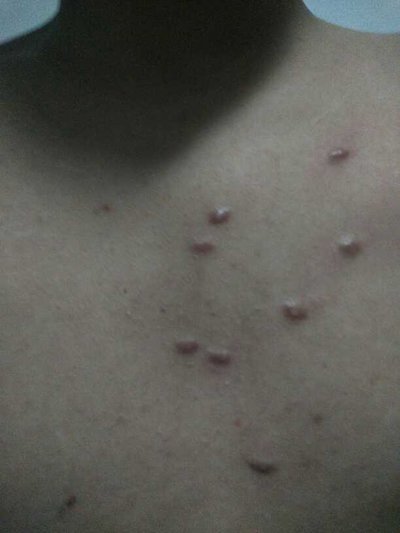How is liver cancer interposition treated
summary
At present, primary liver cancer is one of the major diseases endangering people's health, which is generally found in the middle and advanced stages. Interventional therapy is currently recognized as the main treatment of unresectable advanced liver cancer. It has achieved remarkable results in inhibiting tumor growth and improving the survival rate of patients. With the development of medical technology, interventional therapy of liver cancer is more and more used in clinic. How to do after interventional therapy for liver cancer? Let me talk about it.
How is liver cancer interposition treated
First, transcatheter arterial chemoembolization (TACE) and transarterial infusion chemotherapy (TACE) are the first choice for interventional treatment of liver cancer. The method is to selectively insert a catheter into the hepatic artery to embolize the blood supply of the tumor to make it ischemic and necrotic.

Second, with the development of genetic engineering and interventional radiology technology, interventional gene therapy has opened up a new field for the development of interventional radiology. At present, gene therapy has been carried out: suicide gene therapy, immune gene therapy, tumor suppressor gene therapy, RNA interference technology, antisense gene therapy and so on. At present, the recombinant human p53 gene adenovirus injection has obtained the certification of China food and drug administration, and has achieved good curative effect in clinical application (2005).

Third: according to domestic research, after interventional therapy, 73% of liver cancer patients, more than 50% of tumor tissue necrosis, 25% is complete necrosis, but the remaining cancer cells still have strong proliferation and invasion ability. Because the curative effect of multimodal comprehensive treatment is better than that of single treatment, chemical ablation, thermal ablation and radiotherapy are generally performed on the basis of interventional treatment.

matters needing attention
After more than 30 years of development, interventional treatment of liver cancer is still not standardized, mainly in the grasp of indications and standardized operation. At the same time, we should have a holistic concept and pay attention to protecting liver function while eliminating tumor.

















